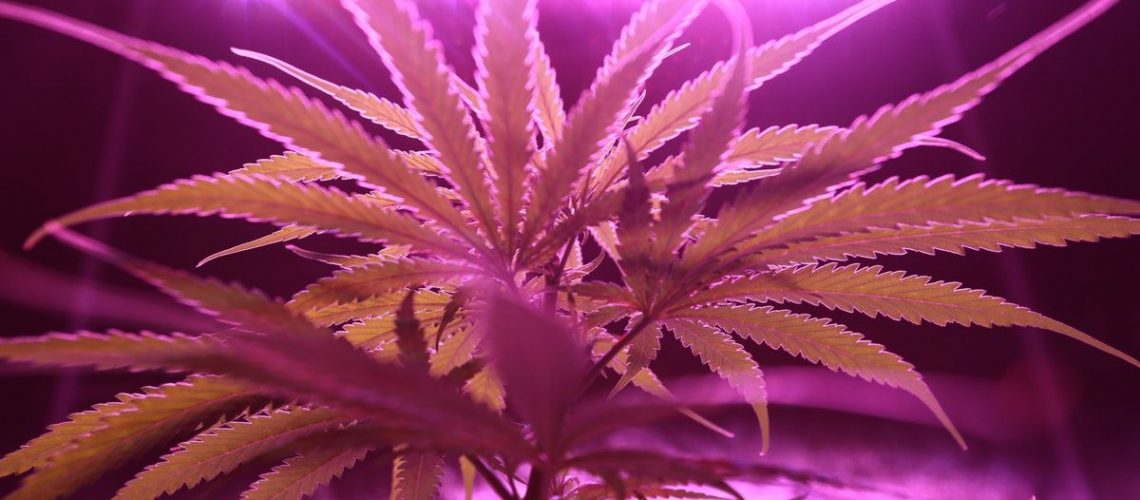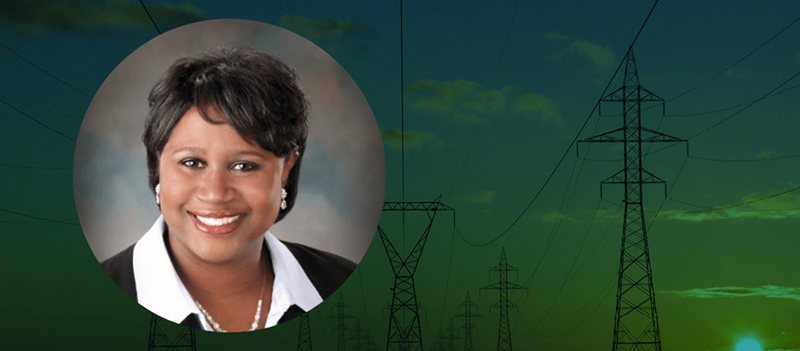There’s a new player contributing to growth in the energy industry.
There’s steady growth in the energy industry. Last year, there was greater demand than the sector had seen in a decade, with a 2.3% increase globally. Certainly, in our connected world, the technology people use increases demand, as do growing populations and industrialization. However, there’s one new industry tapping into the grid, and it’s growing in leaps and bounds too: cannabis.
Cannabis cultivation requires immense amounts of energy.
Although cannabis plants can grow outside, it’s simply not realistic in some states. Cultivators also tend to get better, more consistent results when growing indoors too. Of course, growing indoors requires immense amounts of energy. Growing lights are the obvious top consumer, but there are also dehumidifiers to power and robust HVAC equipment. Research from the Illinois Environmental Council shows that an average 5,000-square-foot cultivation facility consumes 66-times the amount of energy an average home does.
Increased demand is seen across the country.
It started off as a whisper in states like Oregon and Washington, but now, legal cannabis cultivation is spreading like wildfire across the nation. It seems like every day, a new state is relaxing its laws to make room for medicinal and recreational marijuana, and with this newfound freedom, savvy entrepreneurs are jumping at the chance to be at the forefront of the emerging industry. However, it’s not without its challenges, particularly as it relates to energy consumption. For example, Oregon has had to cope with localized blackouts. About 4% of Denver’s total power usage is now dedicated to cannabis cultivation and about 3% of California’s power goes to cannabis—the equivalent of what one-million homes would use.
A few savvy states, such as Illinois, actually address energy consumption with their cultivation laws, pushing growers toward efficiency. “This is a high-resource-use industry, and it doesn’t have to be,” explained Rep. Kelly Cassidy. “Illinois can show the way to do it in a better way.” The state limits energy consumption for lighting to 36 watts per square foot. It certainly makes a difference in the amount of power needed, but the fact remains that this is a bustling industry that wasn’t tapped into the grid before. No matter how effectively consumption is managed, there’s going to be a major uptick in demand.
The cannabis industry is expected to double its energy consumption by 2025.
Research shows that cannabis growers are expected to be using twice as much energy by 2025, which isn’t necessarily surprising because the industry is now worth $19.3 billion and is expected to hit $40.6 billion in 2024.
Cultivation needs will result in growth in the energy industry, creating
more jobs.
There’s already a gap between the needs of employers in the energy sector and qualified applicants who can fulfill roles, especially in areas like renewables. However, with the cannabis industry growing in leaps and bounds and putting more demand on the grid, there will be even greater need across a wide range of careers within the energy sector.
Fuel your own growth and support increasing demands.
Whether you’re looking for an entry point into a career in energy or are already in the sector, but want to find a position that’s a better fit for you, you’ll find it on Experience Energy.
Featured image credit: Photo by Washarapol D Binyo from Pexels.




